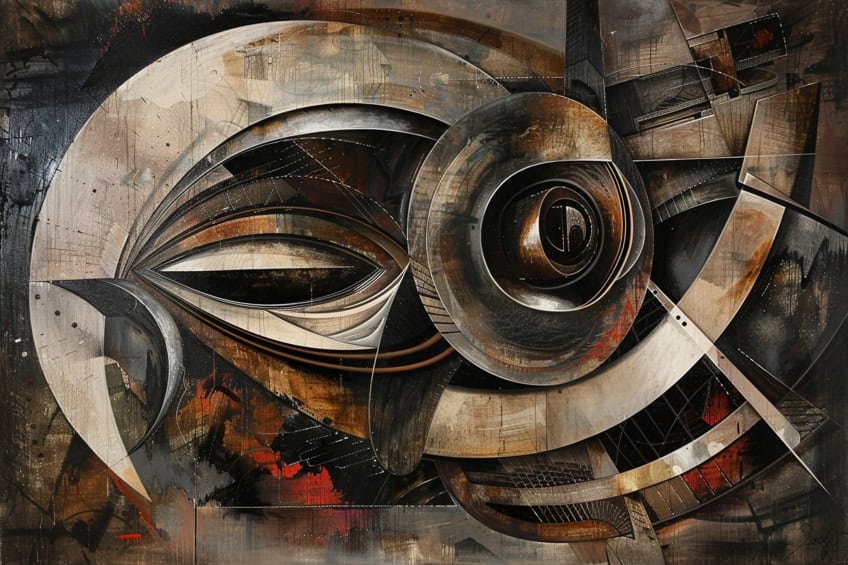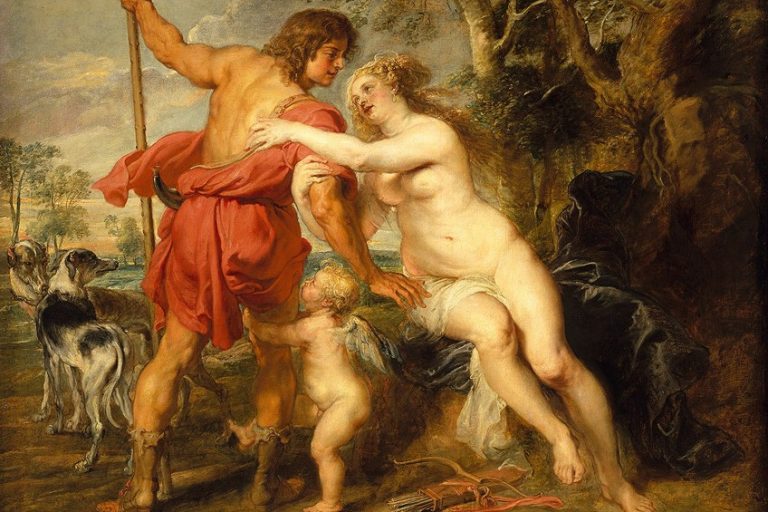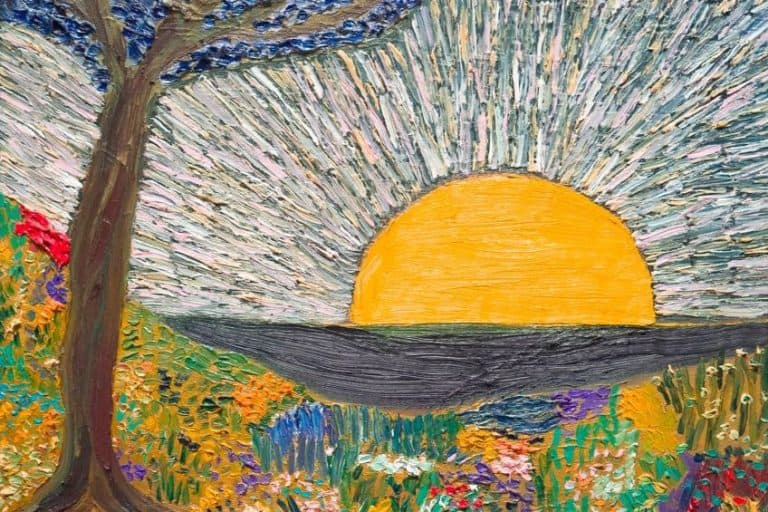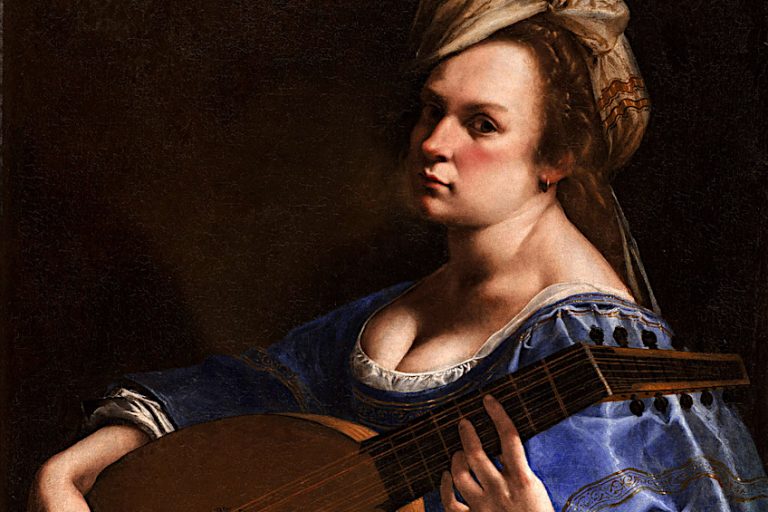Lee Bontecou – Capturing the Essence of Lee Bontecou’s Art
Lee Bontecou, an innovative American artist born in 1931, is renowned for her revolutionary impact on modern art, especially in the fields of sculpture and mixed media. Her distinctive works often blend elements of abstraction, assemblage, and industrial materials to create intricate and compelling pieces. Bontecou’s art is characterized by its enigmatic, almost otherworldly forms that challenge traditional notions of space and dimension. Across her professional journey, she has received widespread recognition for challenging artistic norms, establishing herself as a prominent figure in the domain of contemporary art.
Key Takeaways
- Lee Bontecou’s work exhibits a fusion of industrial and organic forms in sculpture.
- Her innovative approach and artistic development have been greatly influential.
- Bontecou’s legacy endures through ongoing exhibitions and retrospectives.
Early Life and Education
| Birth | January 15, 1931 |
| Death | November 8, 2022 |
| Place of Birth | Providence, Rhode Island, United States |
| Genre of Work | Sculpture, drawing, printmaking, and mixed media art |
Lee Bontecou was an influential American artist, primarily recognized for her impactful sculptures that intricately blended elements of both the industrial and the organic. Born in Providence, Rhode Island, she emerged as a significant figure in the New York art scene during the 1960s. Her early education in art led to the development of a unique style that remained consistent throughout her career, marked by the creation of bold and abstract forms.
Throughout the 1960s and 1970s, Bontecou’s artistic practice involved experimenting with various materials, leading to the creation of sculptures characterized by juxtapositions of solidity and emptiness. Her work was often described as dark and dramatic with an abstract touch that sparked a wide range of emotional responses. These constructions often featured what appeared to be black voids, eliciting associations with the vast mystery of the universe. Bontecou’s sculptures achieved critical acclaim, owing in part to her innovative techniques and the depth of conceptual exploration within her pieces.
Her legacy in the art world is preserved through exhibitions that continue to showcase her contributions and the lasting influence of her work.
Artistic Beginnings
Born on January 15, 1931, in Providence, Rhode Island, Bontecou was drawn to the artistic realm from an early age. Her childhood in Rhode Island played a foundational role where the environment fostered her creativity and interest in the arts.
Academic Training
Bontecou’s artistic skills were honed through formal education. After completing her initial studies, she attended Bradford Junior College in Massachusetts, where she further cultivated her artistic talents. She then advanced her training in New York City at the Art Students League, studying under the tutelage of William Zorach, and later attended the Skowhegan School of Painting and Sculpture in Maine, which emphasized hands-on experience in the arts.
Mature Period
Bontecou’s mature period was characterized by her move to New York, where she found herself amidst the city’s thriving art scene. It was during this time in the 1960s that her work gained broad recognition, reflecting a unique style that captivated the New York art community.
Late Period and Death
Throughout her later years, Bontecou continued to produce art, though she became less involved with the commercial art scene. She passed away on November 8, 2022, leaving behind a legacy that stretched well beyond her formative years in Providence and her academic pursuits in Pennsylvania and New York.
Her innovative contributions to sculpture and printmaking remain celebrated in the art world.
Artistic Career and Notable Works
Lee Bontecou’s impactful career in the art world is marked by her emergence as a significant sculptor in New York, a city ripe with artistic innovation. Her career spanned the creation of distinctive sculptures, prints, and drawings that established her reputation in the 1960s, with exhibitions in premier institutions like the MoMA and the Whitney.
Emergence in New York Art World
In the 1960s, Lee Bontecou established herself within the New York Art World, a hub for modern art and artists. Her groundbreaking sculptures captured the attention of the influential Leo Castelli, who showcased her works in his renowned gallery. This exposure catapulted her into the spotlight and made her one of the pioneering figures in the city’s art scene.
Developing a Recognizable Style
Bontecou’s style evolved to become highly recognizable through her innovative use of materials. Utilizing canvas and wire to create her sculptures, she crafted pieces that were both organic and industrial. Works such as her wall-mounted reliefs blurred the lines between two- and three-dimensional art, making her creations stand out. These sculptures often featured dark voids contrasting with surrounding organic forms and showed her ability to manipulate both the medium and the audience’s perception.
Expansion into Prints and Drawings
Moving beyond her signature sculptures, Bontecou also delved into the realms of prints and drawings. Her prints maintained the same complex, evocative nature as her sculptural works. Exhibited in places like the MoMA and the Whitney Museum, her art continued to provoke and intrigue.
The versatility demonstrated in her expanded portfolio solidified her position as a multifaceted artist within both the New York and global art contexts.
Major Exhibitions and Retrospectives
Lee Bontecou’s work has graced several prestigious galleries and museums, with retrospectives that have offered comprehensive insights into the artist’s oeuvre.
Influential Solo Exhibitions
- 1960s and 1970s: Bontecou’s solo exhibitions in this era featured her iconic welded-steel sculptures that challenged artistic conventions and solidified her position in the art world.
- 2004: The Museum of Modern Art (MoMA) in New York hosted Lee Bontecou: A Retrospective, which was the first in-depth retrospective of her work, highlighting pieces from the 1960s and 1970s.
Notable Group Show Participation
- Throughout her career: Lee Bontecou participated in group shows that captured the dynamism of the mid-20th-century art scene. Her distinct works often stood out for their innovative use of materials and form.
- Venice Biennale: Bontecou represented the United States at the Venice Biennale in 1964, further establishing her international reputation.
Retrospective Showcases
- 2004 Retrospective extended: The Museum of Contemporary Art (MCA) Chicago extended their showcasing of Lee Bontecou: A Retrospective, providing an extensive look at her art.
- Other venues: Hammer Museum in Los Angeles and the Menil Collection in Houston
- Rome: The retrospective exhibitions often encompass some of her time spent in Rome, where her artistic expressions continued to evolve.
Themes and Influence
Lee Bontecou’s work is a profound exploration of contrasts, employing both natural and industrial elements to deliver powerful commentary on themes like war, society, and the intersection of science and art. Her sculptures and prints communicate a sense of powerful energy and expression.
This resonated deeply within the realms of contemporary art.
Exploration of Natural and Industrial Materials
Bontecou’s innovative use of materials broke boundaries between natural and man-made worlds. Industrial materials like conveyor belts and wire mesh provide stark frameworks for her sculptures, whereas the gentler incorporation of natural forms and organic shapes softens this industrial aesthetic. The use of soot in her works adds a textural layer, imbuing each piece with an enigmatic quality, while her vacuum-formed plastic sculptures from the 1970s pushed the limits of commonly accepted art media, reflecting her continuous exploration of new methods and materials.
War and Society Commentary
Themes of war and society are evident in Bontecou’s pieces, reflecting the influence of her parents’ wartime contributions. Her sculptures can be seen as emblems of conflict and resilience, combining engineering precision with a raw expressiveness reflective of wartime’s impact on the human psyche. The machinery elements allude to a society deeply entrenched in technological advances while confronting the freedom and fear associated with the wartime atmosphere and its aftermath.
Legacy in Contemporary Art
Bontecou left an indelible mark on contemporary art, noted for her fearless innovation and her ability to evoke intense emotional responses through the interplay of light and shadow, structure and space. Her engagement with themes of science and engineering, alongside a significant use of unconventional materials, underscore her influence across various art forms.
Emerging artists find inspiration in her daring to manipulate materials and her unrestrained expression to create works that challenge viewers’ perceptions and invite them into a world of complex beauty and thought-provoking visual narrative.
Legacy of Lee Bontecou Today
Lee Bontecou’s legacy persists in the art world through her innovative and distinctive techniques. Her work, characterized by bold constructions and a unique aesthetic, remains influential. A pioneer of modern sculpture and printmaking, Bontecou’s creations continue to be revered for their exploration of space and matter.
- Recognition: Bontecou’s significant contributions were honored with the Louis Comfort Tiffany Award in 1959 and, much later, recognition by the American Academy of Arts and Letters. Her defiance of conventional art boundaries earned her a distinctive place in art history.
- Influence on artists: Many contemporary artists cite Bontecou as an influence in their own work. Her commitment to originality and use of unconventional materials serve as a perpetual inspiration.
The art community widely regards Bontecou’s sculptures and prints as pioneering works that pushed the envelope of three-dimensional art forms. Her approach to form and material challenged and expanded the possibilities of what could be achieved within the disciplines of sculpture and installation art.
- Exhibitions: Her work continues to be exhibited in major museums and galleries internationally. These expositions allow new generations of art enthusiasts and critics alike to experience her vision.
- Educational impact: Bontecou’s approaches and methodologies are studied in art curriculum the world over, ensuring that her impact endures through education and practice.
Bontecou’s sculptures transcend trends, maintaining relevance in a rapidly evolving art world. Her legacy is one of fearless innovation, impacting both the historical context of art and its ongoing evolution.
Lee Bontecou’s artistic legacy remains a testament to her innovative spirit and unwavering commitment to pushing artistic boundaries. Her unique blend of abstraction, assemblage, and industrial materials has left an indelible mark on contemporary art, inspiring generations of artists to explore new avenues of creativity. Bontecou’s enigmatic sculptures and mixed media works continue to captivate viewers with their mysterious yet evocative forms, inviting us to reconsider our perceptions of space, dimension, and artistic expression. When considering her impact, it’s evident that Lee Bontecou’s creative vision will endure, offering ongoing inspiration for artistic pursuits in the future.
Frequently Asked Questions
What Materials Did Lee Bontecou Typically Use in Her Sculptures?
Lee Bontecou’s sculptures are known for incorporating a variety of materials, including canvas, wire, and found objects. She’s especially recognized for her use of steel and other metals to create dynamic, three-dimensional forms that project from the wall into space.
What Themes Are Commonly Explored in Lee Bontecou’s Art?
Her artwork often examines themes of voids and cosmos, conveying a sense of both creation and abyss. Bontecou’s pieces reflect her fascination with outer space and natural phenomena, as well as the interplay between industrial strength and organic fragility.
What Is the Significance of Soot in Lee Bontecou’s Drawing Process?
Soot played a crucial role in Lee Bontecou’s drawing process, as she utilized it to create textured, monochromatic surfaces. This technique contributed to the depth and intensity of her drawings, giving them a distinctive character that complemented her sculptural work.
How Has Lee Bontecou Influenced the Field of Contemporary Art?
Lee Bontecou has had a profound influence on contemporary art with her innovative approaches to form and materials. Her boundary-pushing sculptures challenged traditional art norms and inspired successive generations of artists to explore the intersections of art, technology, and nature.
Isabella studied at the University of Cape Town in South Africa and graduated with a Bachelor of Arts majoring in English Literature & Language and Psychology. Throughout her undergraduate years, she took Art History as an additional subject and absolutely loved it. Building on from her art history knowledge that began in high school, art has always been a particular area of fascination for her. From learning about artworks previously unknown to her, or sharpening her existing understanding of specific works, the ability to continue learning within this interesting sphere excites her greatly.
Her focal points of interest in art history encompass profiling specific artists and art movements, as it is these areas where she is able to really dig deep into the rich narrative of the art world. Additionally, she particularly enjoys exploring the different artistic styles of the 20th century, as well as the important impact that female artists have had on the development of art history.
Learn more about Isabella Meyer and the Art in Context Team.
Cite this Article
Isabella, Meyer, “Lee Bontecou – Capturing the Essence of Lee Bontecou’s Art.” Art in Context. May 2, 2024. URL: https://artincontext.org/lee-bontecou/
Meyer, I. (2024, 2 May). Lee Bontecou – Capturing the Essence of Lee Bontecou’s Art. Art in Context. https://artincontext.org/lee-bontecou/
Meyer, Isabella. “Lee Bontecou – Capturing the Essence of Lee Bontecou’s Art.” Art in Context, May 2, 2024. https://artincontext.org/lee-bontecou/.











